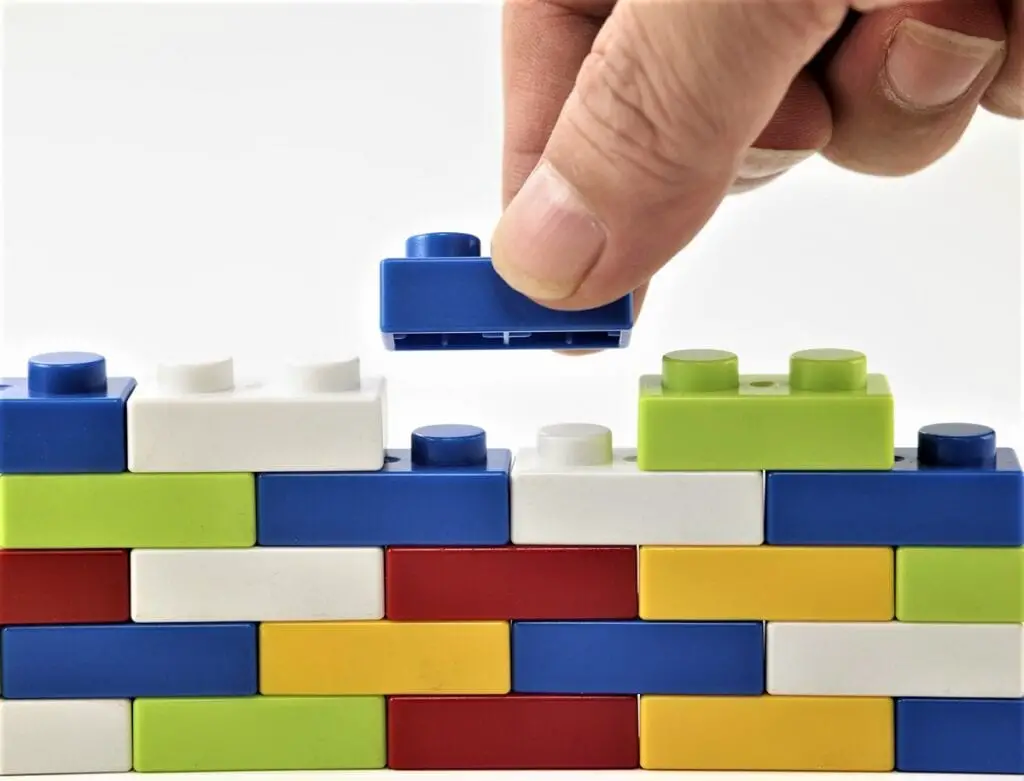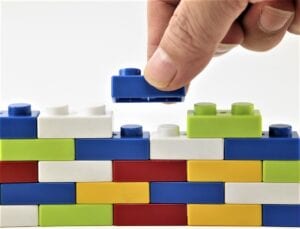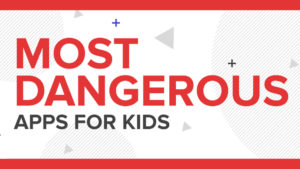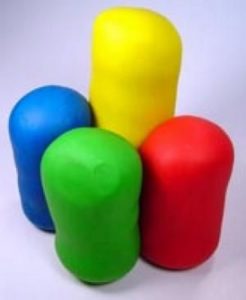Somewhere in this universe, there are 62 Lego bricks for every man, woman and child alive today! Since Lego’s founding in 1958, some 400 BILLION bricks have been produced. Every one of them will take many more lifetimes to break down! In fact, your grandchildren’s grandchildren could still be using the very first set you ever received… if it weren’t for the reality that most, if not all, are in landfill somewhere!
Green Lego?
The Lego Group wants to rebuild its toy empire one brick at a time – using sustainable materials. The Danish toymaker recently announced that it is now a step closer to that goal.
The company had previously said it intends to produce all its bricks from sustainable materials by 2030. Lego recently unveiled a prototype brick made from recycled plastic.
The company said the first brick ever to meet its quality standards was manufactured from PET plastic from discarded bottles. This follows last year’s announcement that the company was making a $400 million investment over three years into sustainability initiatives.
Those initiatives included phasing out the single-use plastic bags from its boxes. The company says it will begin using recyclable paper for its packaging, instead.
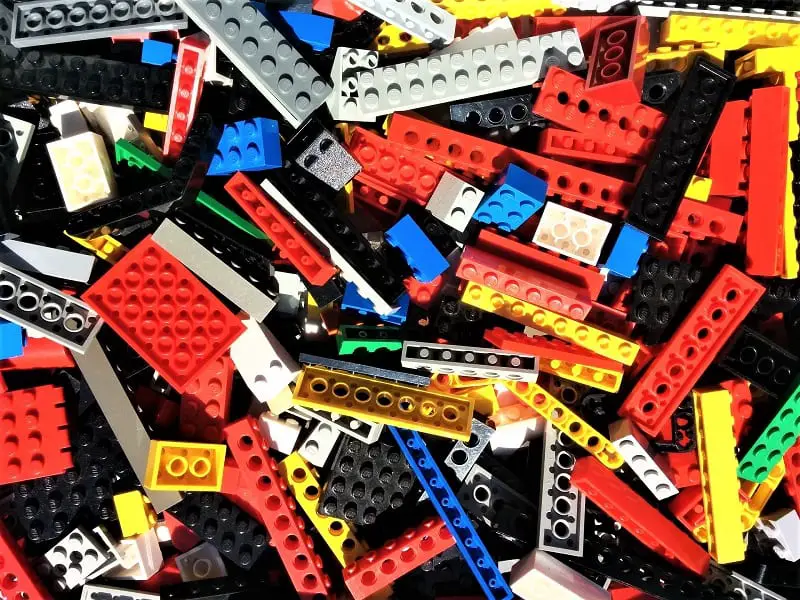
Rethinking a Classic
But the bricks are the real foundation of Lego’s massive environment-friendly effort. The company says it used plastic from suppliers that employ processes approved by government regulatory agencies. These include both the US Food & Drug Administration and the European Food Safety Authority.
A one-liter plastic PET bottle provides enough raw material for 10 2 x 4 LEGO bricks, the company said.
“The biggest challenge on our sustainability journey is rethinking and innovating new materials that are as durable, strong and high quality as our existing bricks — and fit with LEGO elements made over the past 60 years,” Lego Group Vice President of Environmental Responsibility Tim Brooks said. “With this prototype we’re able to showcase the progress we’re making.”
The company says it will be “some time” before consumers can purchase Lego bricks made from recycled materials.
Lego executives say the company will continue to test and develop the PET formulation. The company will decide whether to move to the pilot production phase according to the results of their tests. That is expected to take at least a year.
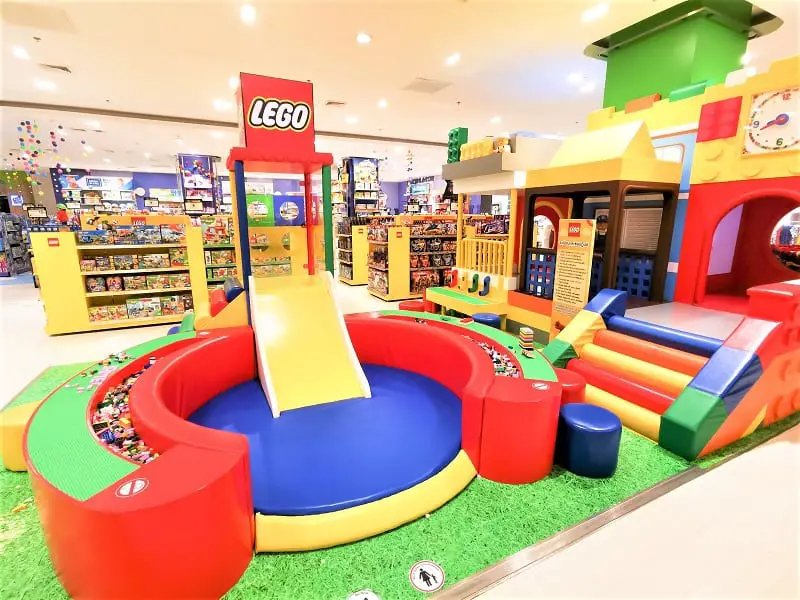
“Clutch Power”
More than 380 million metric tons of plastic is produced worldwide annually. Lego is responsible for 100,000 metric tons of it. Lego’s contribution may appear to be miniscule. But that 100,000 metric tons of polymer turned into 110 billion bricks last year.
The company had made some 80 percent of those 110 billion bricks from acrylonitrile-butadiene-styrene, or ABS. This tough plastic material takes many lifetimes to break down.
Over the past three years, Lego’s 150-strong Sustainable Materials team has tested more than 250 variations of PET materials. The resulting prototype, according to Brooks, cleared one of the toughest hurdles for a non-ABS brick: clutch power.
Clutch power is simply how well two joined bricks stick together. If a plastic is not rigid enough, the Lego blocks simply won’t grip to each other properly.
“We’re molding to the tolerance of about one to two microns, less than the thickness of a human hair,” says Brooks. “That’s incredibly precise compared to most consumer products.
The brick needs to hold its shape and keep that clutch over entire generations of play. Brooks says such materials change shape over time. Standard Lego bricks are tested using high and low temperatures, butter, and even fake saliva.
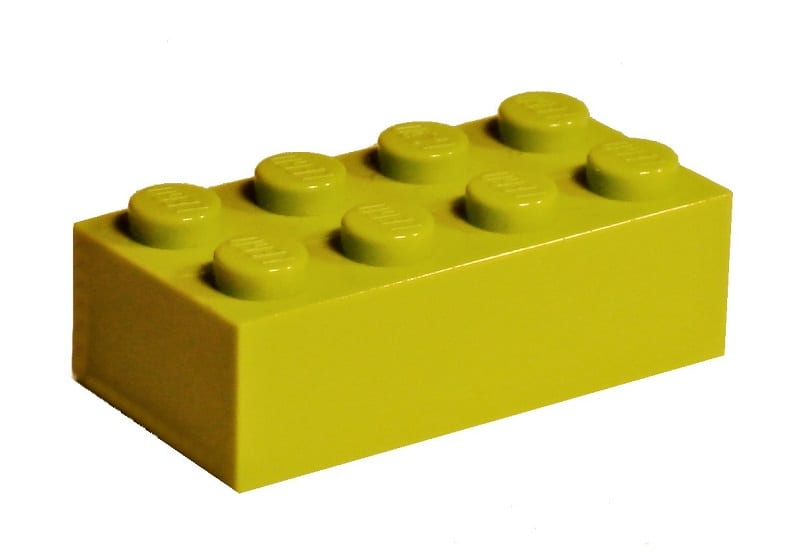
Shape by Shape
Previous experimental bricks did not work so well. Some of the prototype bricks simply didn’t hold, says Brooks. Others became so attached the toymakers needed pliers to pry them apart.
The challenge now is in designing blocks that click together yet separate easily even as they retain bright colors.
“We need to now work on how to slightly tighten the clutch and how to add colors to the brick,” says Brooks. “When we do that, we’ll go through shape by shape and determine how many ABS bricks can be replaced by PET.”
Now, where do you think your 62 bricks might be hiding? And if there are more than 62 pieces in your home, you’ll be impressed by the way this Lego Lover has managed to keep tens of thousands sorted but accessible…

